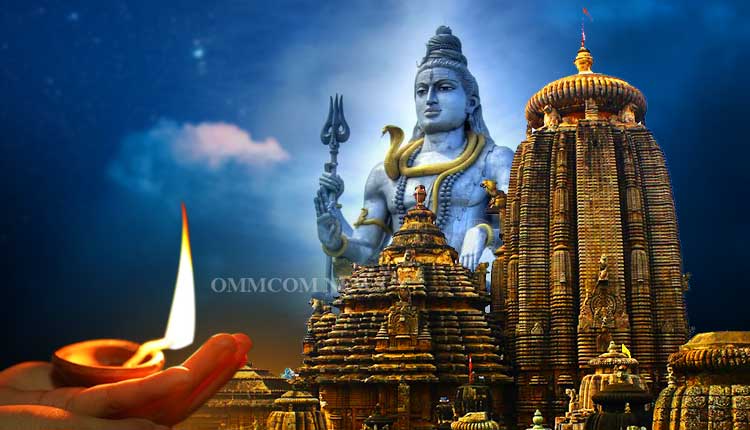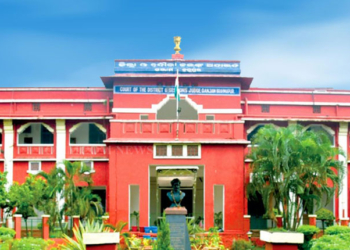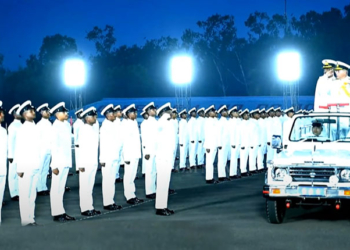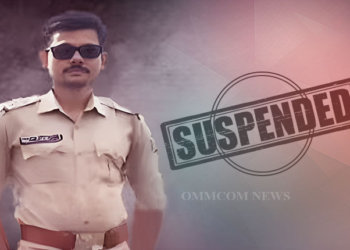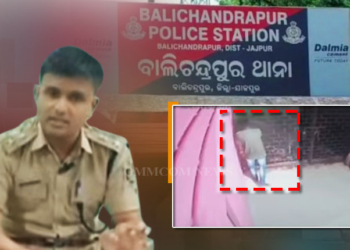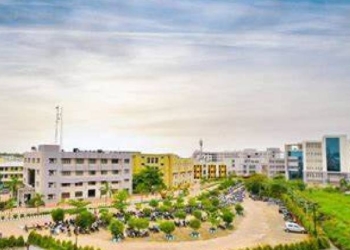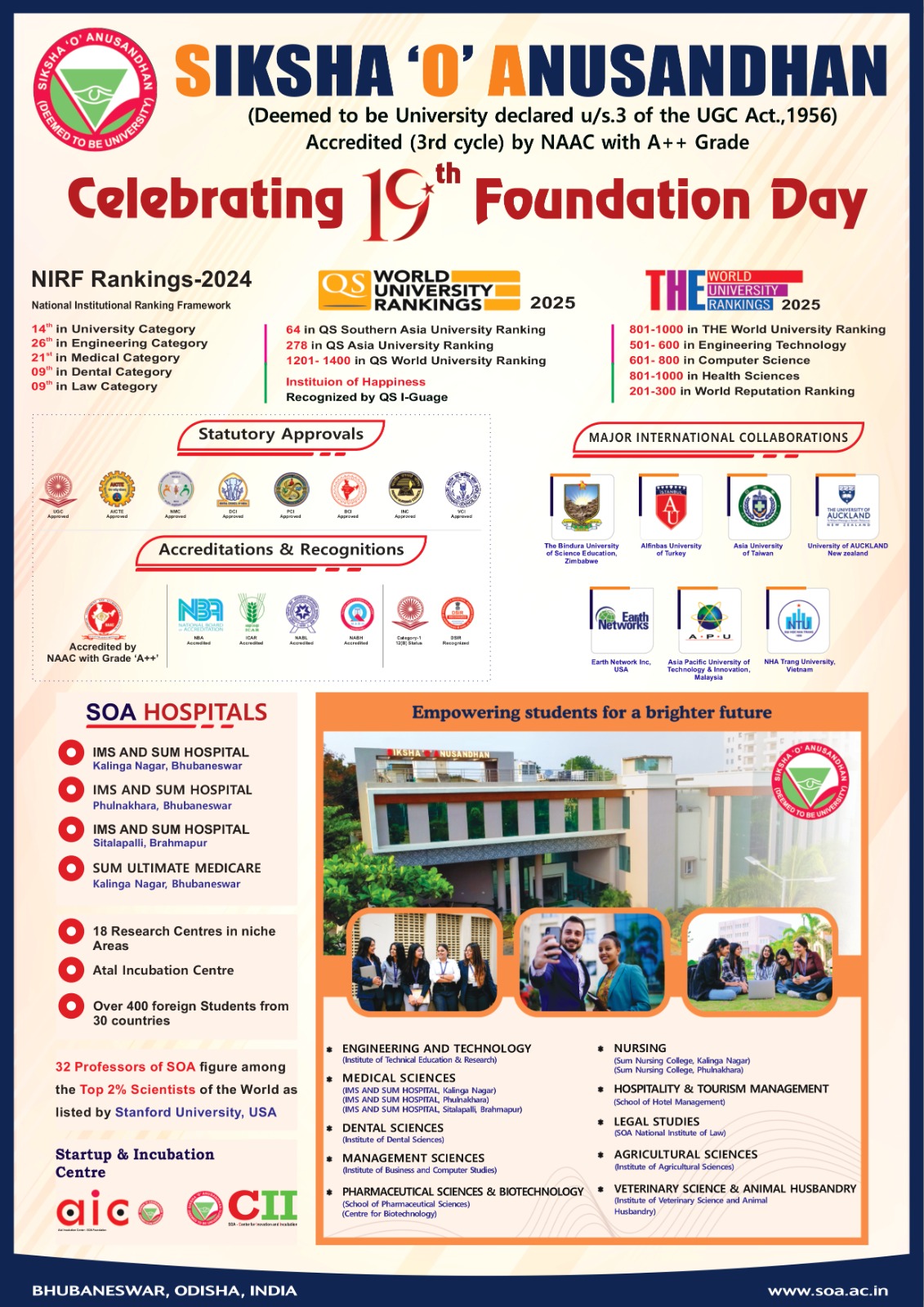Bhubaneswar: A special day to pray and seek Lord Shiva’s blessings, Maha Shivratri is considered to be one of the most auspicious festivals in the country. This year, Maha Shivratri is being observed on February 18 (Saturday). According to legends, this was the day when Lord Shiva tied the knot with Goddess Parvati, it is supposed to be the night of the convergence of Shiva and Shakti.
Additionally, it is commemorated as the day Shiva rescued the world from the poison pot and the struggle between Brahma and Vishnu for supremacy. The name also alludes to the night when Shiva dances the Tandava, a heavenly dance. ‘Tandava’, the dance of creation, preservation, and destruction, is said to have been performed by Shiva for the first time on Mahashivratri.
Shiva is the one who sculpts, guards, and modifies the cosmos. Lord Shiva prevented the end of the world by performing this act of devotion, as legends speak. Lord Shiva devotees celebrate the festival with great fervour because it is considered to be the day when Shiva appeared in form of ‘Lingam’, on this day. The festival of Mahashivratri commemorates “overcoming darkness and ignorance” in one’s life.
Devotees chant Shiva’s name, fast, and commit to dedicating life to the principles and ethics of God. While the festival is celebrated with great religious fervour across India, for places where ancient Shaiva shrines are located, this day has a special significance. Temple City Bhubaneswar is no exception.
The Lingaraja temple is the largest temple in Bhubaneswar. The word Lingaraja refers to “The king of Lingam”. And Lord Shiva is known as The King of Lingam. Originally Shiva was worshipped as Kirtivasa, after that as Harihara is often known as Bhubaneswar or Tribhuvaneshwara. He is known as the Master of the netherworld, heaven, earth, and the three worlds. Bubnesahwari was his consort.
Shivaratri is the main festival celebrated annually at Lingaraj temple when thousands of devotees visit the temple. Apart from a full day of fasting, bel leaves are offered to Lingaraja on this auspicious day. The main celebrations take place at night when devotees pray all night long.
This year, on the auspicious occasion of Maha Shivratri, the 11th Centruy shrine in Bhubaneswar marked the celebrations with full fervour as it was decorated with decorative lights and ‘jhotis’. Devotees flocked to the temple from the wee hours of the day, to participate in the rituals. The main attraction however remains, the ‘Maha Deepa’ or the Great Lamp, which is placed atop the temple, after the rituals and celebrations at around 10 pm.
Among the famous Lord Shiva shrines of Odisha, Lord Loknath Temple in Puri, Lord Lingaraj Temple in Bhubaneswar, Lord Dhabaleshwar Temple in Cuttack, Lord Kapileswar Temple in Dhenkanal, Lord Panchalingeswar Temple in Balasore, Baba Akhandalmani Temple in Bhadrak, Ladukeswar Temple in Nayagarh, and Gupteswar Temple in Koraput are about thousand years old and attract lakhs of devotees on the auspicious occasion every year.
In Bhubaneswar, the important Shiva shrines are Muktesvara Temple, Kedar Gauri Temple, Parsurameswar Temple, Pabaneswara Temple, Subarnesvara Temple, Mangalesvara Temple, Brahmeswara Temple, Bahirangeshwar Temple, Champakesvara Temple, Dishisvara Temple, Gangesvara Temple, Astasambhu Temples, Jaleswar Temple, and Kapilesvara Temple.
The administration in different districts, the Bhubaneswar Municipal Corporation, and the Commissionerate of Police in the Twin City of Bhubaneswar and Cuttack have made elaborate arrangements for peaceful conduct of Maha Shivratri this year




